In the midst of staff meetings, setting up my classroom and Power School training, I decided to head to the California Academy of Sciences for their special educator night. Over 800 educators from the Bay Area were in attendance. Nearly 15 minutes after we walked through the doors the room began to shake and it didn't stop for several seconds.
 If you've watched the news the past few days, you probably haven't heard about a 6.9 magnitude earthquake in San Francisco. And that's because there wasn't one. What I described above is actually a current exhibit at the Academy of Sciences. One of the most popular parts of the exhibit is the Shake House - a replica of a Victorian-era home. While inside the Shake House, visitors view a 10 minute video that describes the 6.9-magnitude earthquake that happened in 1989 and the 7.9-magnitude earthquake of 1906. After the video is finished, visitors walk to the next room where they experience shaking similar to that of both the 1989 and 1906 earthquakes that so violently shook the city. The house is complete with a view of the Painted Ladies of Alamo Square. You can almost imagine yourself in one of those homes as the earthquake struck.
If you've watched the news the past few days, you probably haven't heard about a 6.9 magnitude earthquake in San Francisco. And that's because there wasn't one. What I described above is actually a current exhibit at the Academy of Sciences. One of the most popular parts of the exhibit is the Shake House - a replica of a Victorian-era home. While inside the Shake House, visitors view a 10 minute video that describes the 6.9-magnitude earthquake that happened in 1989 and the 7.9-magnitude earthquake of 1906. After the video is finished, visitors walk to the next room where they experience shaking similar to that of both the 1989 and 1906 earthquakes that so violently shook the city. The house is complete with a view of the Painted Ladies of Alamo Square. You can almost imagine yourself in one of those homes as the earthquake struck. 
Both earthquakes devastated the city. During the 1989 earthquake, part of the Bay Bridge collapsed. In 1906, nearly 3,000 people were killed and 500 city blocks were destroyed by fire.
I've spoken with several people who were living in San Francisco when the earthquake struck in 1989. A coworker's husband was stuck underground aboard BART (the Bay Area's underground transit system) on his way home from work. Others recall getting ready to watch the third game of the World Series, where The San Francisco Giants and Oakland Athletics were scheduled to play each other. As the warm up was happening, the jolt was broadcast on live television.
It was interesting to learn about the earthquakes that many San Franciscans still talk about today. I've only experienced a few small earthquakes since moving to the city, but people often say the next "Big One" is just around the corner.
 Today is the first day of a new school year! One of the procedures we are required to teach the students on the first day is what to do during an earthquake. I yell "EARTHQUAKE!" and the students quickly get under their desks. (They love earthquake drills because they get to go under their desks! How often do you get to do that?) In addition to earthquake drills, each student has a red survival kit in his/her cubby. Each kit contains water, food, glow sticks, basic first aid supplies and a blanket. We've never had to use the survival kits, but they are there for us to use in an emergency.
Today is the first day of a new school year! One of the procedures we are required to teach the students on the first day is what to do during an earthquake. I yell "EARTHQUAKE!" and the students quickly get under their desks. (They love earthquake drills because they get to go under their desks! How often do you get to do that?) In addition to earthquake drills, each student has a red survival kit in his/her cubby. Each kit contains water, food, glow sticks, basic first aid supplies and a blanket. We've never had to use the survival kits, but they are there for us to use in an emergency. What are some of the procedures you teach your students on the first day of school?
ABCs & 123s,
Heather




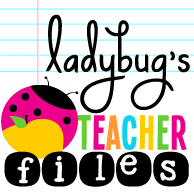
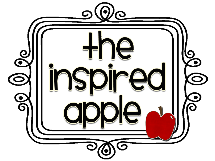

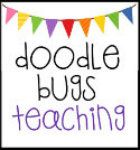
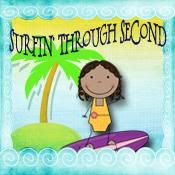
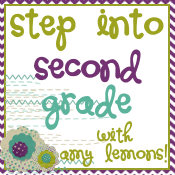
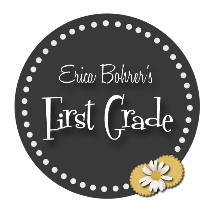











0 comments:
Post a Comment
I like to respond via email. Please make sure you click subscribe so I can reply to your comments!